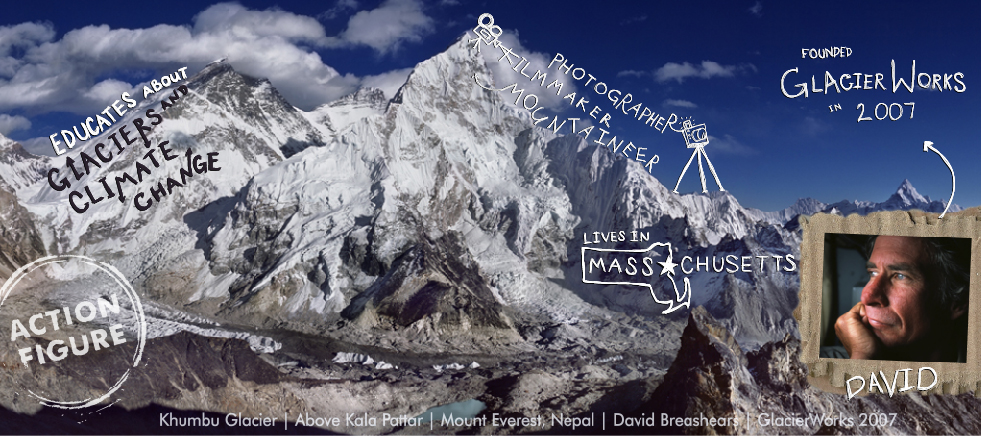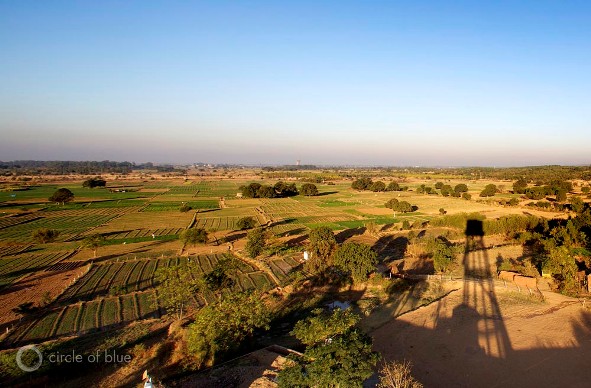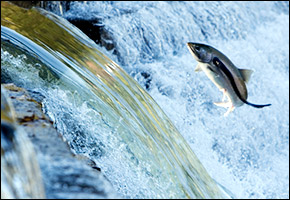David Breashears
In 2007, from 5,600 meters atop the north side of Mount Everest, explorer David Breashears recalls how he was “astonished” by what he saw and “shocked” that he hadn’t been more aware of the state of this Tibetan glacier. Breashears was on a comparative photography assignment to match a photo from 1921 with the modern day visual. “Right then, I could see the change,” he says, noting that the loss of the glacier’s mass was nearly 100 vertical meters. Immediately after, and at his own expense, Breashears ventured to the south side of Everest to see if conditions were the same on the other side of the mountain — they were.
Breashears felt compelled to do something. So, soon after, he founded GlacierWorks, a Boston-based nonprofit, and set off on a five-year journey consisting of 11 expeditions across the greater Himalayas. “There are regional variations in glaciers, and it is important for people to know that,” Breashears says. He emphasizes that the goal of GlacierWorks is to get people to “expect to hear different information from different glaciers and not be misled; [just because] a handful of glaciers from one place are stable doesn’t mean the other 30,000 are.” And vice versa.
Breashears hopes that GlacierWorks projects — along with his films, photography, and writing about glaciers — will capture the attention of policymakers and individuals alike and demonstrate for them the need for more glacier research. The current GlacierWorks project, in partnership with Microsoft, is to develop a web-based learning tool that uses peer-reviewed science and is supplemented by interactive imagery. The project isn’t aimed at predicting outcomes, Breashears says, but rather it “is part of that process of showing people how we don’t know enough yet.” He believes that good, telling imagery allows people to immediately understand and may cause them to become more involved or more curious. In other words, sparking an interest in research is the first step to overcoming the uncertainty that shrouds glaciers and climate change. “What we really want to do at GlacierWorks is say, ‘Come along and be a part of the discovery.’”
is an editorial intern for Circle of Blue based out of Traverse City, Michigan. She holds a BA in International Relations from Michigan State University’s James Madison College. Her interests include water pricing, environmental economics and policy, and conflict mediation.






Leave a Reply
Want to join the discussion?Feel free to contribute!